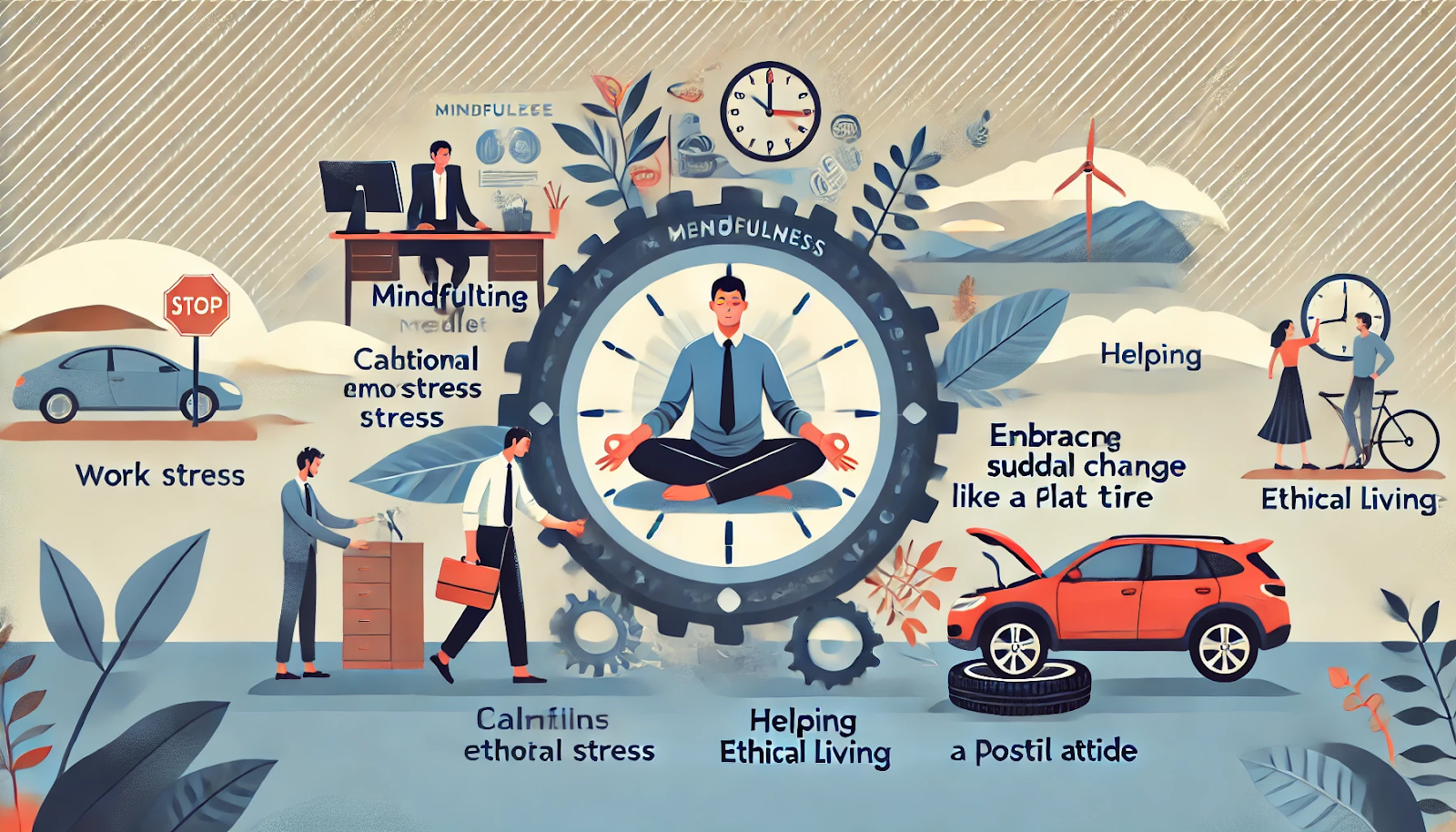Finding Happiness in Simple Pleasures: An Introduction to Epicureanism

Discovering Epicureanism: The Philosophy of Simple Pleasures Introduction Epicureanism is a philosophy that teaches us to find happiness through simple pleasures and by avoiding pain. It was founded by Epicurus, a Greek philosopher who lived from 341 to 270 BCE. Epicureanism focuses on enjoying life's small joys, building friendships, and understanding the world around us . The Goal of Life: Happiness and Pleasure Epicureanism teaches that the main goal of life is to achieve happiness. According to Epicurus, we can find happiness by seeking pleasure and avoiding pain. However, this does not mean chasing after every pleasure or indulging in luxury. Instead, it means finding contentment in simple, everyday joys. Types of Pleasures Epicurus explained that there are different types of pleasures. Physical pleasures, like good food and comfort, are important, but mental pleasures are even more valuable. These include peace of mind, the joy of learning, and the company of friends. Menta...












.jpg)

